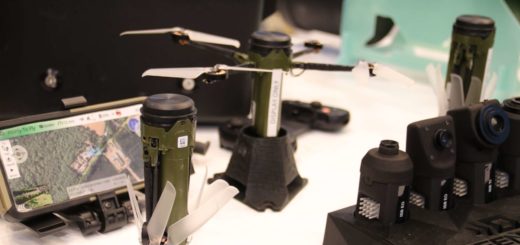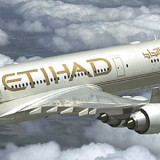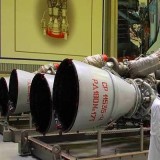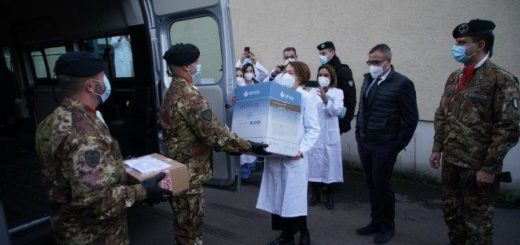Bangladesh could purchase up to 32 Pakistani JF-17 Thunder fighter jets to modernize its Air Force
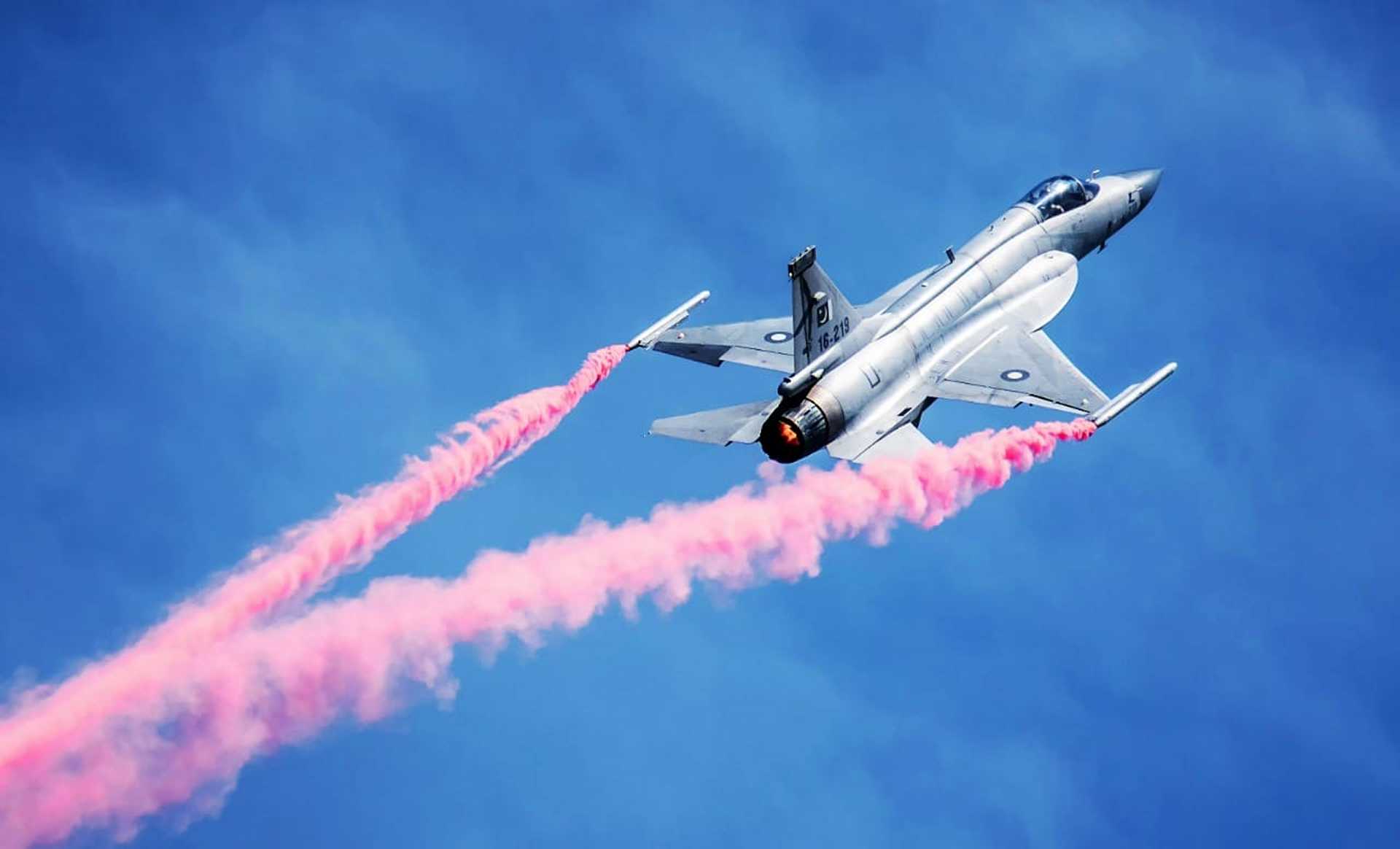
{loadposition bannertop}
{loadposition sidebarpub}
As reported by The Express Tribune on January 16, 2025, Bangladesh has officially expressed interest in the JF-17 Thunder, a fighter aircraft jointly developed by Pakistan and China, following a high-level Bangladeshi defense delegation’s visit to Pakistan on January 15, 2025. Led by Lieutenant General SM Qamarul Hassan, Principal Staff Officer of the Armed Forces Division, the delegation met with Pakistan Air Force (PAF) Chief, Air Chief Marshal Zaheer Ahmad Babar Sidhu, at the Air Headquarters in Islamabad. Discussions focused on strengthening military ties, exploring joint training opportunities, and the potential procurement of the JF-17.Follow Army Recognition on Google News at this link
Costing between $15–25 million per unit, the Pakistani JF-17 Thunder fighter jet offers features such as an Active Electronically Scanned Array (AESA) radar, support for beyond-visual-range missiles, and precision-guided munitions. (Picture source: Pakistan Air Force)
The Bangladesh Air Force (BAF) currently operates an aging fleet of Chinese-made F-7 and Russian MiG-29 fighters, which face increasing obsolescence in avionics, weapon systems, and operational reliability. These limitations hinder the BAF’s ability to match the capabilities of regional counterparts. The F-7s, improved versions of the Soviet MiG-21, are planned to be replaced by 2034 as part of the Forces Goal 2030 initiative. This long-term procurement program includes plans to introduce 20–32 4+ generation fighter aircraft, aiming to enhance the air force’s capabilities and address the obsolescence of its current fleet with cost-efficient options for present and future operational needs.
The Forces Goal 2030 program, initiated in 2009 and updated in 2017, outlines Bangladesh’s strategy for modernizing its armed forces across all branches. The plan prioritizes upgrading the air force with multirole combat aircraft to address evolving security challenges. It emphasizes the need for advanced technological capabilities and operational flexibility to ensure the BAF is prepared for future missions. Bangladesh’s interest in the JF-17 also coincides with shifts in its geopolitical alignments following the transition of government in 2024. Under the new administration, led by Mohammad Yunus, Bangladesh has sought to diversify its defense partnerships, moving away from previous reliance on India and exploring closer ties with Pakistan and China.
The JF-17 is being considered for its affordability, multirole capabilities, and compatibility with Bangladesh’s existing logistics infrastructure. Costing between $15–25 million per unit, the aircraft offers features such as an Active Electronically Scanned Array (AESA) radar, support for beyond-visual-range missiles, and precision-guided munitions. Its RD-93 engine, also used in the MiG-29, simplifies maintenance, while its upgrade potential aligns with Bangladesh’s modernization goals and budgetary constraints.
Previously, Bangladesh had expressed interest in the Chinese J-10C fighter jet, a 4.5-generation multirole aircraft. However, concerns over maintenance challenges, spare parts availability, and engine reliability have prompted Bangladesh to consider alternative options. The JF-17, which shares Chinese origins but is co-produced with Pakistan, is seen as a more viable choice due to its simpler logistical and operational support requirements.
Bangladesh’s long-term procurement program includes plans to introduce 20–32 4+ generation fighter aircraft, aiming to enhance the air force’s capabilities and address the obsolescence of its current fleet. (Picture source: Pakistan Aeronautical Complex)
Bangladesh has also evaluated European fighters like the Dassault Rafale and the Eurofighter Typhoon, known for their advanced technology and proven capabilities. As part of the Forces Goal 2030 program, the government allocated €2.5 billion in 2021 for the acquisition of 16 advanced multirole fighter jets from Western sources. However, the high acquisition and operational costs of these platforms exceed Bangladesh’s defense budget, making them less feasible for immediate procurement compared to the JF-17, despite their superior performance.
The JF-17 Thunder, also designated the FC-1 Xiaolong in China, is a lightweight, multirole combat aircraft developed through collaboration between Pakistan Aeronautical Complex (PAC) and China’s Chengdu Aircraft Industry Corporation (CAC). Initially conceived as the Super 7 project in the 1990s, it was designed to provide an affordable and functional alternative to more expensive platforms. The aircraft conducted its maiden flight in 2003 and entered service with the Pakistan Air Force in 2007.
The JF-17 is designed for missions including air-to-air combat, ground attack, and reconnaissance. It features advanced avionics such as an AESA radar, a Wide-Angle Smart HUD, and systems compatible with beyond-visual-range missiles like the PL-15. Its weaponry includes guided bombs, anti-ship missiles, and short-range air-to-air missiles. Powered by the Russian RD-93 engine, the platform emphasizes versatility. The Block III variant introduces enhancements like improved sensor fusion, electronic warfare systems, and other upgrades.
The JF-17 is currently operated by the air forces of Pakistan, Myanmar, and Nigeria. Bangladesh has expressed interest in evaluating the aircraft for potential acquisition. While other countries, such as Sri Lanka and Argentina, have shown interest in the past, these negotiations did not result in finalized deals. The platform is marketed as a cost-sensitive option for air forces seeking modern capabilities without the expense of high-end systems. Ongoing promotional efforts underscore its intended role in providing accessible solutions for diverse operational needs.
The JF-17 Thunder, also designated the FC-1 Xiaolong in China, is a lightweight, multirole combat aircraft developed through collaboration between Pakistan Aeronautical Complex (PAC) and China’s Chengdu Aircraft Industry Corporation. (Picture source: Pakistan Aeronautical Complex)

{loadposition bannertop}
{loadposition sidebarpub}
As reported by The Express Tribune on January 16, 2025, Bangladesh has officially expressed interest in the JF-17 Thunder, a fighter aircraft jointly developed by Pakistan and China, following a high-level Bangladeshi defense delegation’s visit to Pakistan on January 15, 2025. Led by Lieutenant General SM Qamarul Hassan, Principal Staff Officer of the Armed Forces Division, the delegation met with Pakistan Air Force (PAF) Chief, Air Chief Marshal Zaheer Ahmad Babar Sidhu, at the Air Headquarters in Islamabad. Discussions focused on strengthening military ties, exploring joint training opportunities, and the potential procurement of the JF-17.
Follow Army Recognition on Google News at this link
Costing between $15–25 million per unit, the Pakistani JF-17 Thunder fighter jet offers features such as an Active Electronically Scanned Array (AESA) radar, support for beyond-visual-range missiles, and precision-guided munitions. (Picture source: Pakistan Air Force)
The Bangladesh Air Force (BAF) currently operates an aging fleet of Chinese-made F-7 and Russian MiG-29 fighters, which face increasing obsolescence in avionics, weapon systems, and operational reliability. These limitations hinder the BAF’s ability to match the capabilities of regional counterparts. The F-7s, improved versions of the Soviet MiG-21, are planned to be replaced by 2034 as part of the Forces Goal 2030 initiative. This long-term procurement program includes plans to introduce 20–32 4+ generation fighter aircraft, aiming to enhance the air force’s capabilities and address the obsolescence of its current fleet with cost-efficient options for present and future operational needs.
The Forces Goal 2030 program, initiated in 2009 and updated in 2017, outlines Bangladesh’s strategy for modernizing its armed forces across all branches. The plan prioritizes upgrading the air force with multirole combat aircraft to address evolving security challenges. It emphasizes the need for advanced technological capabilities and operational flexibility to ensure the BAF is prepared for future missions. Bangladesh’s interest in the JF-17 also coincides with shifts in its geopolitical alignments following the transition of government in 2024. Under the new administration, led by Mohammad Yunus, Bangladesh has sought to diversify its defense partnerships, moving away from previous reliance on India and exploring closer ties with Pakistan and China.
The JF-17 is being considered for its affordability, multirole capabilities, and compatibility with Bangladesh’s existing logistics infrastructure. Costing between $15–25 million per unit, the aircraft offers features such as an Active Electronically Scanned Array (AESA) radar, support for beyond-visual-range missiles, and precision-guided munitions. Its RD-93 engine, also used in the MiG-29, simplifies maintenance, while its upgrade potential aligns with Bangladesh’s modernization goals and budgetary constraints.
Previously, Bangladesh had expressed interest in the Chinese J-10C fighter jet, a 4.5-generation multirole aircraft. However, concerns over maintenance challenges, spare parts availability, and engine reliability have prompted Bangladesh to consider alternative options. The JF-17, which shares Chinese origins but is co-produced with Pakistan, is seen as a more viable choice due to its simpler logistical and operational support requirements.

Bangladesh’s long-term procurement program includes plans to introduce 20–32 4+ generation fighter aircraft, aiming to enhance the air force’s capabilities and address the obsolescence of its current fleet. (Picture source: Pakistan Aeronautical Complex)
Bangladesh has also evaluated European fighters like the Dassault Rafale and the Eurofighter Typhoon, known for their advanced technology and proven capabilities. As part of the Forces Goal 2030 program, the government allocated €2.5 billion in 2021 for the acquisition of 16 advanced multirole fighter jets from Western sources. However, the high acquisition and operational costs of these platforms exceed Bangladesh’s defense budget, making them less feasible for immediate procurement compared to the JF-17, despite their superior performance.
The JF-17 Thunder, also designated the FC-1 Xiaolong in China, is a lightweight, multirole combat aircraft developed through collaboration between Pakistan Aeronautical Complex (PAC) and China’s Chengdu Aircraft Industry Corporation (CAC). Initially conceived as the Super 7 project in the 1990s, it was designed to provide an affordable and functional alternative to more expensive platforms. The aircraft conducted its maiden flight in 2003 and entered service with the Pakistan Air Force in 2007.
The JF-17 is designed for missions including air-to-air combat, ground attack, and reconnaissance. It features advanced avionics such as an AESA radar, a Wide-Angle Smart HUD, and systems compatible with beyond-visual-range missiles like the PL-15. Its weaponry includes guided bombs, anti-ship missiles, and short-range air-to-air missiles. Powered by the Russian RD-93 engine, the platform emphasizes versatility. The Block III variant introduces enhancements like improved sensor fusion, electronic warfare systems, and other upgrades.
The JF-17 is currently operated by the air forces of Pakistan, Myanmar, and Nigeria. Bangladesh has expressed interest in evaluating the aircraft for potential acquisition. While other countries, such as Sri Lanka and Argentina, have shown interest in the past, these negotiations did not result in finalized deals. The platform is marketed as a cost-sensitive option for air forces seeking modern capabilities without the expense of high-end systems. Ongoing promotional efforts underscore its intended role in providing accessible solutions for diverse operational needs.

The JF-17 Thunder, also designated the FC-1 Xiaolong in China, is a lightweight, multirole combat aircraft developed through collaboration between Pakistan Aeronautical Complex (PAC) and China’s Chengdu Aircraft Industry Corporation. (Picture source: Pakistan Aeronautical Complex)


